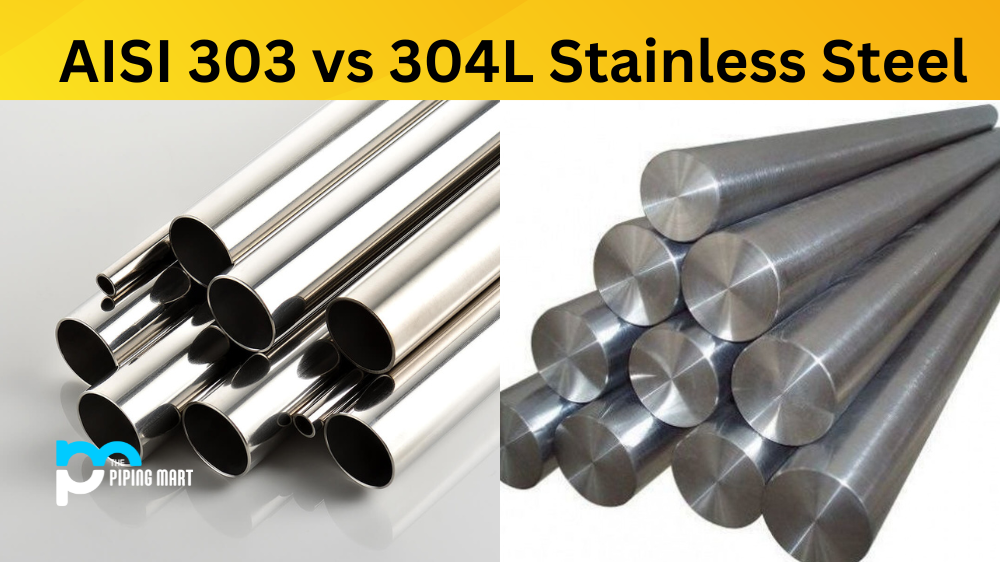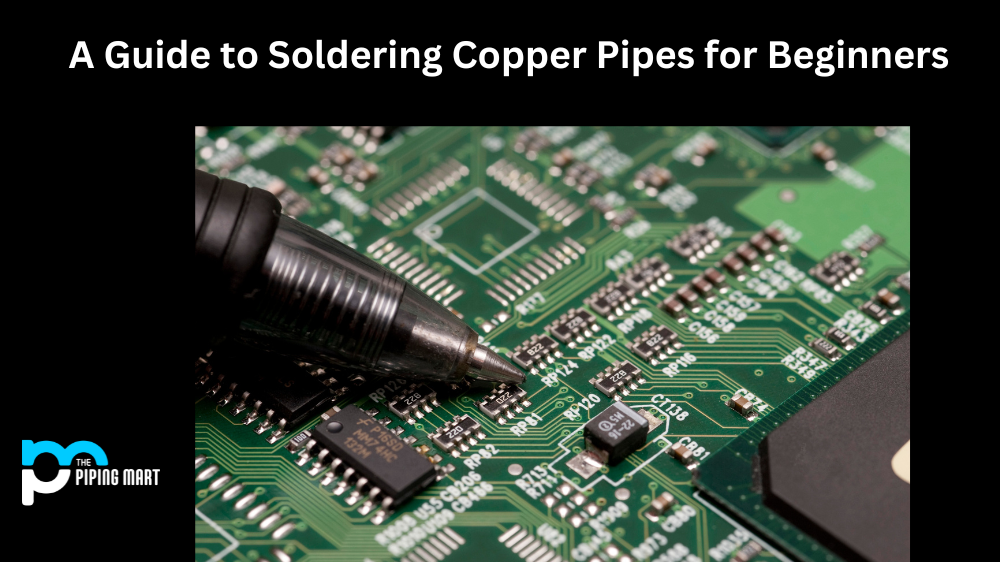Have you ever seen a static electricity demonstration using a copper rod? It’s an interesting phenomenon that has perplexed scientists for centuries. However, what many do not know is that the rod can actually be charged by friction. Let’s take a closer look at why this is true and how it works.
How it Works
A copper rod can be charged through friction because the atoms in the metal are arranged in such a way that allows electrons to move from one atom to another relatively easily. This means that when two copper rods are rubbed together, some of the electrons from one rod can move to the other, thus creating an imbalance of charge and resulting in static electricity.
The amount of charge created depends on several factors, including how quickly the two rods are moved against each other, as well as how much pressure is applied during rubbing. The more pressure and speed used during rubbing, the greater the charge generated. Additionally, different materials will create different amounts of charge when rubbed together; for instance, cotton creates more static electricity than wool when rubbed together.
Uses For Charging Copper Rods
Charging copper rods is often done as part of educational demonstrations or experiments to show students how static electricity works. However, charging copper rods has practical applications as well. It is often used in industry to test electrical equipment such as motors and transformers for insulation breakdown or leakage current. The process involves connecting one end of a charged copper rod to the ground while testing with an insulated wand at the other end; if there is any current leakage or insulation breakdown present, sparks may fly between the wand and ground connection points.
Conclusion:
In summary, charging a copper rod by friction is possible due to its arrangement of atoms which allows electrons to move easily between them when pressure and speed are applied during rubbing. This phenomenon has both educational purposes as well as practical uses, such as testing electrical equipment for insulation breakdowns or leakage currents in industry settings. Understanding how this works can help us better appreciate static electricity and its real-world implications!

Meet Bhavesh, a seasoned blogger with a wealth of knowledge and experience. From metal products manufacturing to retail, Bhavesh has a diverse background in various industries and is dedicated to sharing his insights and expertise with readers.




